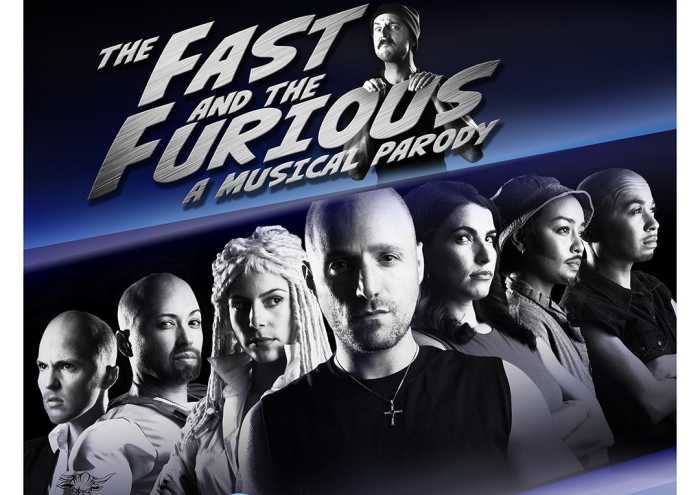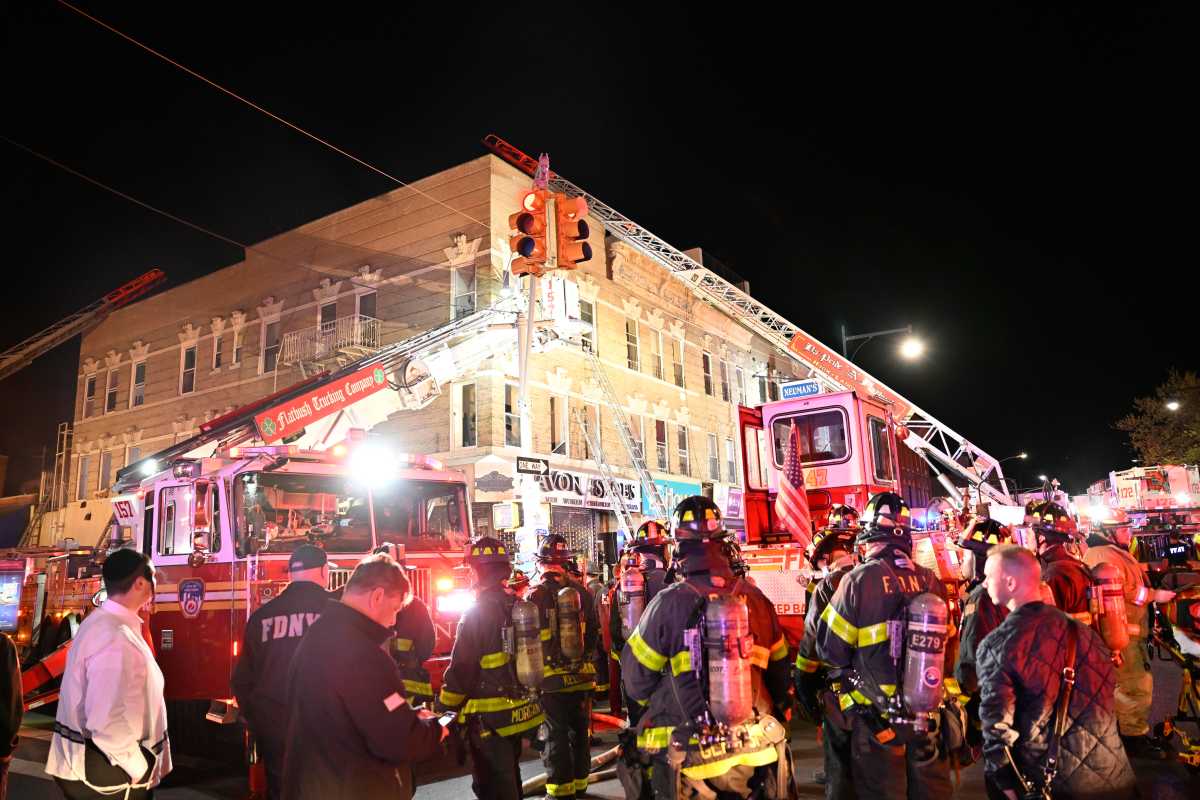
The fares are going up — again.
The cost to ride MTA subways, buses and railroads are set to rise this Easter Sunday, as the authority promises to get its costs under control.
Under hikes approved earlier this year, monthly MetroCard costs will rise from $121 to $127, while weekly cards will increase from $32 to $33. The base MetroCard fare will remain at $2.75, though the MTA will eliminate its purchasing bonus that adds additional cash to riders who put at least $5.50 on their cards.
MTA Chairman and CEO Pat Foye said the authority is focused on reforms, outlined by the new state budget, to reduce costs from both operating and capital expenses. Even with the hikes, the MTA is facing a nearly $1 billion operating budget gap by 2022.
“The fare increases are not keeping us even with inflation — that’s our responsibility to restructure, reform and to take costs out,” Foye said.
The fare hikes follow a toll increase at the end of March, and the passage of a $175 billion state budget that secured tens of billions in revenue through bonds for the MTA’s next capital program, via congestion pricing and other new taxes. The state budget also mandated a series of reforms to be completed by June — reforms that good government groups have met with some skepticism.
Those reforms include a deep, independent forensic audit of the MTA, dubbed the "MTA Rail Act," that would investigate fraud, practices for budgeting salaries, conflicts-of-interest in hiring and contracting, and spending on design and construction.
Worries among the MTA’s board led to a postponement of the vote on this year’s fare hikes. Board members were concerned that riders had reached a tipping point in paying for a transit network that had not noticeably improved.
There is still budgeting for another fare and toll hike in 2021, with Foye under the “working assumption now [that] there will be a serious discussion about that in the future,” he said.
The MTA has held a series of news conferences in recent months to tout data showing a continued improvement in subway service, though riders have been skeptical.
Colin Wright, a senior advocacy associate at TransitCenter, said programs like the MTA’s Save Safe Seconds initiative — an effort that includes removing burdensome, unnecessary speed restrictions in subways — show that the MTA is making progress. But the recent approval of congestion pricing puts pressure on the authority to deliver service upgrades through better management and spending toward the MTA’s Fast Forward modernization plan.
“The heat is on with the MTA,” said Wright. “Beyond what happens on fares, we need to see service improve for people with disabilities and all riders. The MTA has this new influx of cash vis-à-vis congestion pricing that should provide the capital necessary to pursue the Fast Forward plan, and make the whole system accessible and work for everyone.”


































